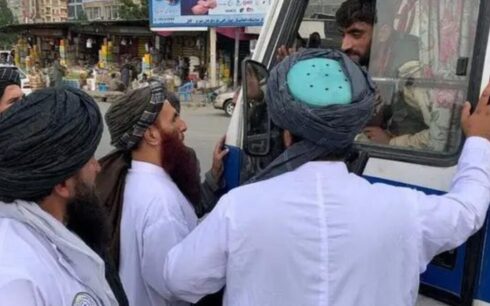The US Ambassador to the United Nations, Linda Thomas-Greenfield, has highlighted the challenges Afghan girls face, including early and forced marriages and gender discrimination.
Speaking at a UN Security Council event on Children and Armed Conflict, Thomas-Greenfield noted that the Taliban is recruiting young boys as soldiers. “In Afghanistan, girls confront early and forced marriage, gender-based violence, and systemic discrimination, including in education, while boys are enlisted as child soldiers,” she said.
The Taliban has not directly responded to Thomas-Greenfield’s recent statements. However, it previously asserted that it ensures the “rights of women and girls” and has established a “reforming commission” to halt child recruitment.
Recent UN reports have shed light on the violence and mistreatment of boys in Taliban-run seminaries and the increasing suicide rates among girls.
A video recently aired by Amu depicts a Taliban fighter forcibly removing a girl from her home for marriage.
Women’s rights activists have expressed concern over the escalating restrictions on Afghan girls and women under Taliban rule. “Over the past three years, the Taliban have stripped women and girls of their rights to work and education. Forced and underage marriages are also grave issues,” said Fawzia Saeedzadeh, a women’s rights activist.
Sanam Kabiri, another advocate for women’s rights, questioned the global response to these violations. “With the world recognizing gender apartheid and human rights abuses in Afghanistan, the question remains: what are they waiting for to take concrete actions and acknowledge the gender apartheid there?” she asked.
Families interviewed by Amu voiced their concerns over the lack of educational opportunities for their daughters and the substandard curriculum for their sons.
According to the latest United Nations data, Afghanistan hosts over 7,000 seminaries. The Taliban’s Ministry of Education, however, places this figure at around 5,000, referring to these institutions as “Jihadi madrasas.”





